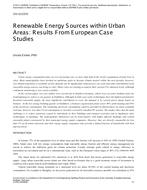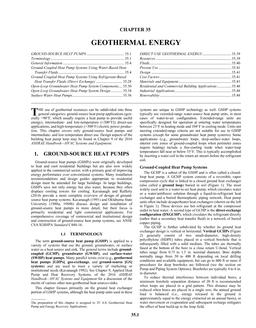Quantifies the cycling losses of a domestic refrigerator-freezer to gain a better understanding of the adjustments needed to enable a steady-state refrigerator model to be used to design for cycling operation. A refrigerator with a capillary tube/suction line heat exchanger and a rotary compressor was instrumented extensively for these experiments. Compared to a quasi-steady machine, the efficiency was degraded by 3% to 5% during the on-cycle due to power and capacity losses. The capacity loss, ranging from 3.9% to 5.6%, plays a greater role in the efficiency loss than the power penalty, 0% to 1.5%. During the first minute of the on-cycle, when the refrigerant is being redistributed from the evaporator to the oil sump, 2% to 3.3% of the capacity is lost and the power demand may increase by as much as 1.7%. After the first minute of the on-cycle, while some refrigerant is being redistributed back into the evaporator, there is an 0.8% to 3.0% capacity loss and a negligible power penalty.
KEYWORDS: year 1996, Domestic, refrigerators, freezers, performance, operations, cyclic
Citation: Symposium Papers, Atlanta, GA, 1996
Product Details
- Published:
- 1996
- File Size:
- 1 file , 1.1 MB
- Product Code(s):
- D-17195


